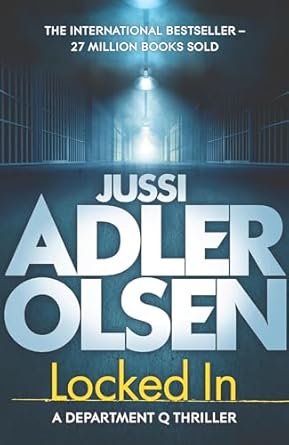P. Nolan’s writing style is a unique blend of the atmospheric tension characteristic of Nordic Noir and the evocative cultural backdrop of France. Drawing inspiration from crime fiction greats like Jussi Adler-Olsen, Jo Nesbø, Stieg Larsson, and French author Fred Vargas, Nolan crafts narratives rich with complex, flawed characters and intricately woven plots. His work is marked by morally ambiguous situations that plunge characters into high-stakes, emotionally charged worlds where personal and professional struggles collide.
The haunting landscapes of the French countryside—its misty mornings, historic villages, and somber architecture—are woven into Nolan’s storytelling, enhancing the suspense and bringing a tangible, atmospheric quality to his work. Nolan’s thematic exploration often revolves around the duality of human nature, delving into the psychological depth and moral ambiguity of his characters. With a style that combines gritty realism, dark humor, and elements of historical intrigue, Nolan builds layered narratives that reflect the psychological toll of crime and justice. His stories keep readers on edge, navigating a world where the lines between right and wrong are as foggy as the landscapes that inspire them.
Nolan’s writing is underpinned by themes of justice, moral ambiguity, and the psychological impact of crime, inspired by authors known for their ability to dive into the darker aspects of human nature and societal critique. Jussi Adler-Olsen shapes Nolan’s exploration of redemption and the pursuit of closure, showing how unresolved trauma and societal neglect impact individuals. This theme resonates in Nolan’s work, where characters seek healing amidst turmoil.
From Jo Nesbø, especially in The Snowman, Nolan adopts the theme of obsession, with characters who are haunted by past mistakes or unresolved mysteries. Nesbø’s influence is reflected in Nolan’s protagonists, who are often consumed by their quests for truth, regardless of the personal cost. Søren Sveistrup influences Nolan’s themes of societal decay and the hidden impacts of violence. Like Sveistrup, Nolan examines how crime reverberates throughout communities, leaving marks that go beyond the individuals directly involved.
The societal critiques of Maj Sjöwall and Per Wahlöö (Sjöwall & Wahlöö) encourage Nolan to examine how social structures influence crime and justice, inviting readers to question broader societal issues. Sarah Blaedel’s compassionate storytelling motivates Nolan to consider the relational toll of crime, adding depth to his portrayals of family and sacrifice.
Peter Høeg’s work, particularly Miss Smilla’s Feeling for Snow, resonates with Nolan’s thematic focus on identity and belonging. Høeg’s exploration of scientific and cultural divides inspires Nolan to craft narratives that explore characters’ struggles to find their place in a world filled with mystery and uncertainty.
Finally, Steve Berry and Raymond Khoury contribute to Nolan’s fascination with the intertwining of past and present, leading him to incorporate historical layers and hidden truths within his plots. This thematic depth encourages readers to consider how history shapes contemporary issues and the enduring human quest for knowledge.
Nolan’s thematic foundation, built on these influences, examines the ethical complexities of truth-seeking, the scars left by violence, and the resilience of those striving for justice within imperfect societal systems.







0 Comments